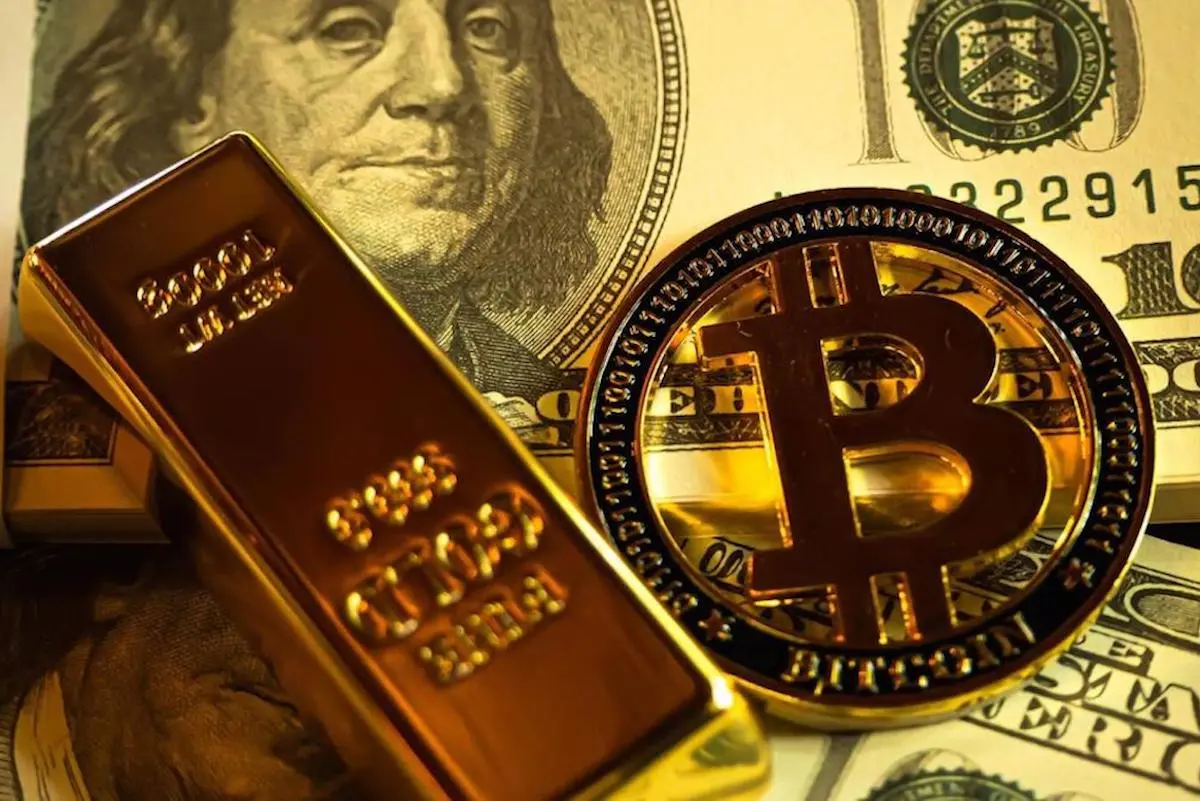Gold continued to break price records on Friday, trading at US$2,183 an ounce at mid-afternoon, following a more dramatic rally in Bitcoin. Gold led Bitcoin in 2020 and 2021, during the Covid crisis. This time Bitcoin clearly led gold, suggesting that investors have more confidence in the high-tech alternative to the dollar.

Key to understanding how gold gauges geopolitical risk is the longstanding relationship between Treasury Inflation Protected Securities (TIPS) and the precious metal. Both are hedges against unexpected inflation or debasement of the dollar.
From 2007 through 2022, the gold price moved in lockstep with TIPS yields, as investors used them interchangeably. The seizure of more than $300 billion of Russian reserves after Moscow’s February 2022 invasion of Ukraine changed that.
Foreign central banks hold $3.4 trillion of Treasury debt and all foreigners own more than $8 trillion. Confiscation of reserves persuaded many foreign investors, official as well as private, to shift to gold.

That’s why the value of gold predicted by TIPS yields remained very close to the actual gold price from 2007 to 2022, and then decoupled. Gold is now nearly $900 “rich” to TIPS yields. The divergence between TIPS yields and gold is at an all-time high.

This is all the more remarkable given the strong performance of world stock markets during the past several months and the subdued price of risk hedges in options markets. The cost of options on the S&P 500 (the VIX Index) or the cost of options on major currencies is close to its all-time low.
But options only provide hedges against short-term fluctuations, and their payout depends on the smooth functioning of derivative markets.
Investors evidently want to take out insurance against extreme events – the sort of trouble that might arise from a geopolitical crisis – although they are unwilling to pay much for hedges against short-term fluctuation.
Despite the tranquil appearance of markets, the likelihood of a black swan event is rising.


